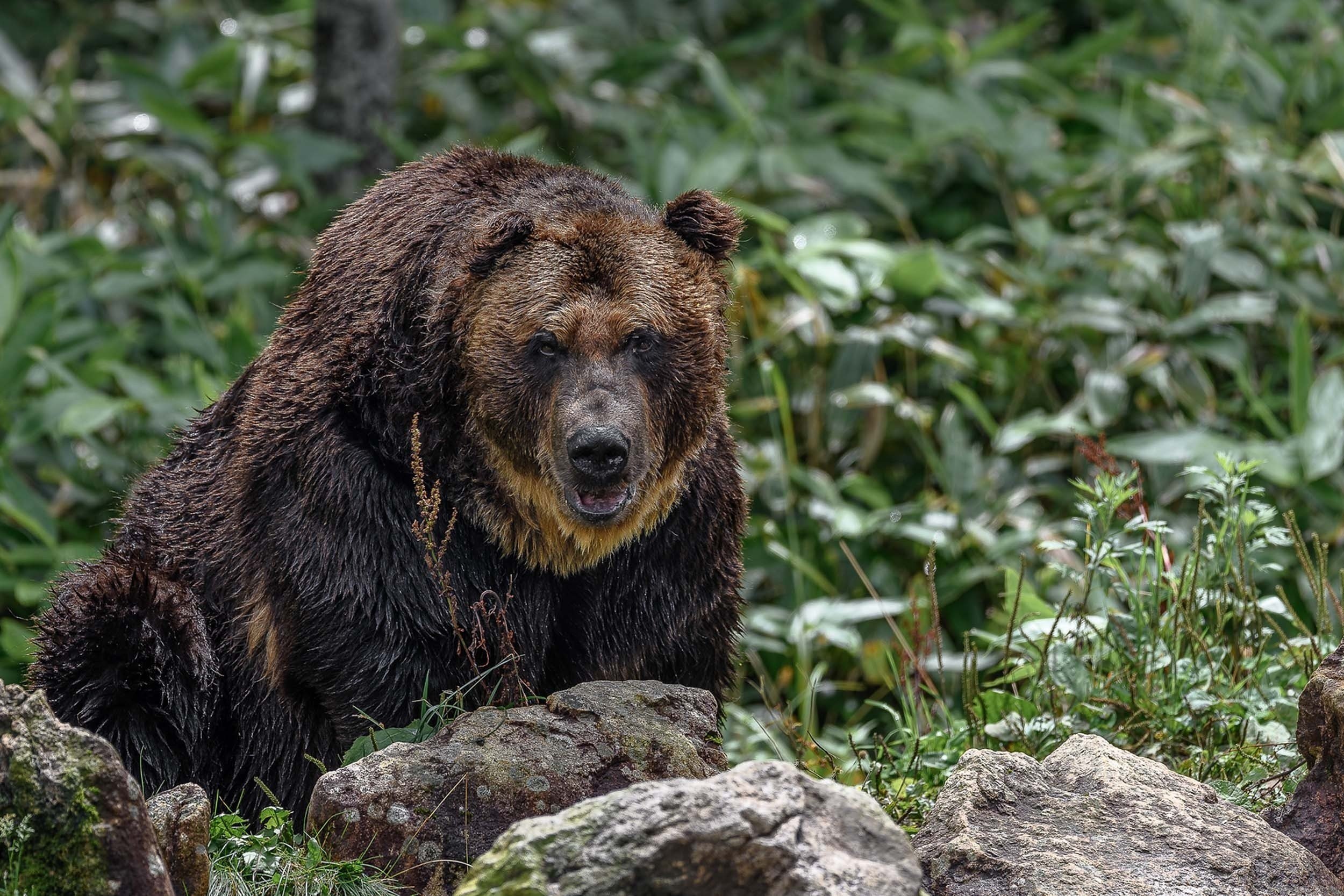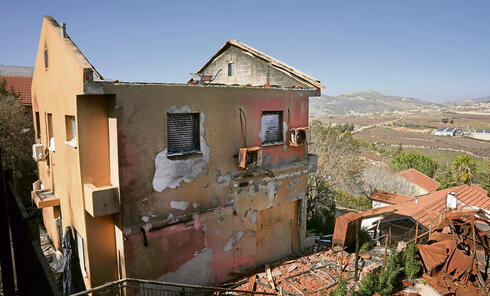Copyright scmp

In the forests of rural northern Japan an old terror is stirring, as a record year for deadly bear attacks revives memories of a historical massacre that has haunted rural communities for generations. Authorities on Wednesday confirmed that a man in his seventies, discovered lifeless in Iwate prefecture on October 10, had died as a result of a bear attack while foraging for wild vegetables. His death brought Japan’s nationwide toll from bear attacks to nine so far this year, surpassing all previous records. The frequency of bear sightings has also surged. On Tuesday morning, a bear and her two cubs were spotted near a kindergarten bus in the outskirts of Urakawa, Hokkaido prefecture. The following day, an elderly couple were attacked as the woman took out the rubbish in Aizumisato, Fukushima prefecture. Both sustained bite wounds to their necks, though their injuries were not life threatening. The unprecedented number of fatalities this year has resurrected memories of the infamous Sankebetsu brown bear massacre of 1915, when seven villagers were killed in Hokkaido. While experts say a tragedy of that scale remains unlikely, they warn that it cannot be entirely ruled out. Hifumi Tsuruga, a bear expert at regional research hub the Hokkaido Research Organisation, is calling for more to be done to address the rising number of deaths and injuries. “The bear population in Hokkaido shrank during the 1990s but then began to increase again in the early 2000s, with bears expanding their range into residential areas,” Tsuruga told This Week in Asia. Today, Hokkaido is home to an estimated 11,600 brown bears, nearly double the population of three decades ago. The increase in bear numbers has been attributed to rural populations shrinking, leaving fewer hunters and bears becoming less wary of humans – venturing with increasing boldness into villages, town suburbs and even the outskirts of large cities. There are lots of bears and food is particularly scarce Hifumi Tsuruga, Japanese researcher “Nowadays, there are many adult female bears that inhabit areas close to urban districts and when these females produce cubs, they tend to also live in suburban areas,” Tsuruga said. “That inevitably means that there is a greater likelihood of people encountering bears and the sort of incidents we are seeing now.” With food supplies dwindling and competition intensifying before bears go into hibernation for the winter, Tsuruga warned that the conditions for a disaster were already in place. “The situation is different today but yes, it is possible to occur again,” he said, referring to the possibility of another massacre on the scale of Sankebetsu. Kesagake’s legacy Japan’s deadliest animal attack unfolded over a harrowing week in December 1915 in the remote settlement of Tomamae, northwest Hokkaido. A male Ezo brown bear, apparently unable to find enough food for hibernation or perhaps roused too early, descended on villagers’ homes. Local hunters named it “Kesagake” – meaning “diagonal slash from the shoulder” – for its distinctive patch of white fur. Kesagake had already been blamed for mauling and killing three women in a neighbouring village. In Tomamae, it went on a rampage, bursting into a farmhouse, killing the farmer’s wife and a baby in her care. Contemporary reports likened the aftermath to a slaughterhouse. Hunters, braving deep snow, set out to track the bear and recovered the wife’s remains. While they were away, Kesagake struck another homestead, killing five women and children and partially consuming some of the victims before vanishing once more into the surrounding forest. For five days, Kesagake managed to evade dozens of hunters and militiamen, even after being shot at least once. The beast was ultimately tracked down by following its footprints and a trail of blood, and killed with a volley of gunshots to its head and heart. As an act of vengeance, the villagers butchered and ate the animal, which reportedly weighed 340kg (750lbs), stood 2.7 metres (8 feet 10 inches) tall and was thought to be about seven years old. Today, Tomamae is still a rural community of about 2,600 residents best known for the events that transpired more than a century ago. Bear sightings near the town are commonplace, according to Yuito Arino, who works for Tomamae’s board of education. He said there had been so many “that it is impossible to record an accurate number”. “We believe that is because of a shortage of food for the bears and an increase in their population,” he told This Week in Asia. “But local people are not concerned because since the Sankebetsu incident, there have been no significant problems between bears and people.” Tomomae’s residents “learn about bears and the Sankebetsu incident from when they are very young, so they live cautiously”, Arino added. “We think it’s unlikely that it will happen again.” The Ninja bear While Hokkaido is no longer the untamed wilderness it once was – and modern weapons and technology have made it far more difficult for such disasters to unfold – the danger is not entirely consigned to history. In 2019, farmers living near the towns of Akkeshi and Shibecha in northeast Hokkaido began reporting attacks on their cattle by an elusive bear. The animal, later dubbed the “Ninja bear”, was notorious for evading hunters, avoiding camera traps and leaving no tracks. Over four years, it mauled at least 66 cattle, killing 32. It was not until July 2023 that hunters finally brought it down. At 330kg (727lbs) and 2.1 metres (6 feet 11 inches) tall, the “Ninja bear” nearly rivalled Kesagake in size. Although that bear did not attack humans, Tsuruga warns that anyone living or visiting rural parts of northern Japan needs to take precautions. “There are lots of bears and food is particularly scarce this season,” he said. “Many are now expanding their areas in search of food and the risk of human encounters is increasing. “It is very important, especially this year, to take care in areas where people might meet bears.”



